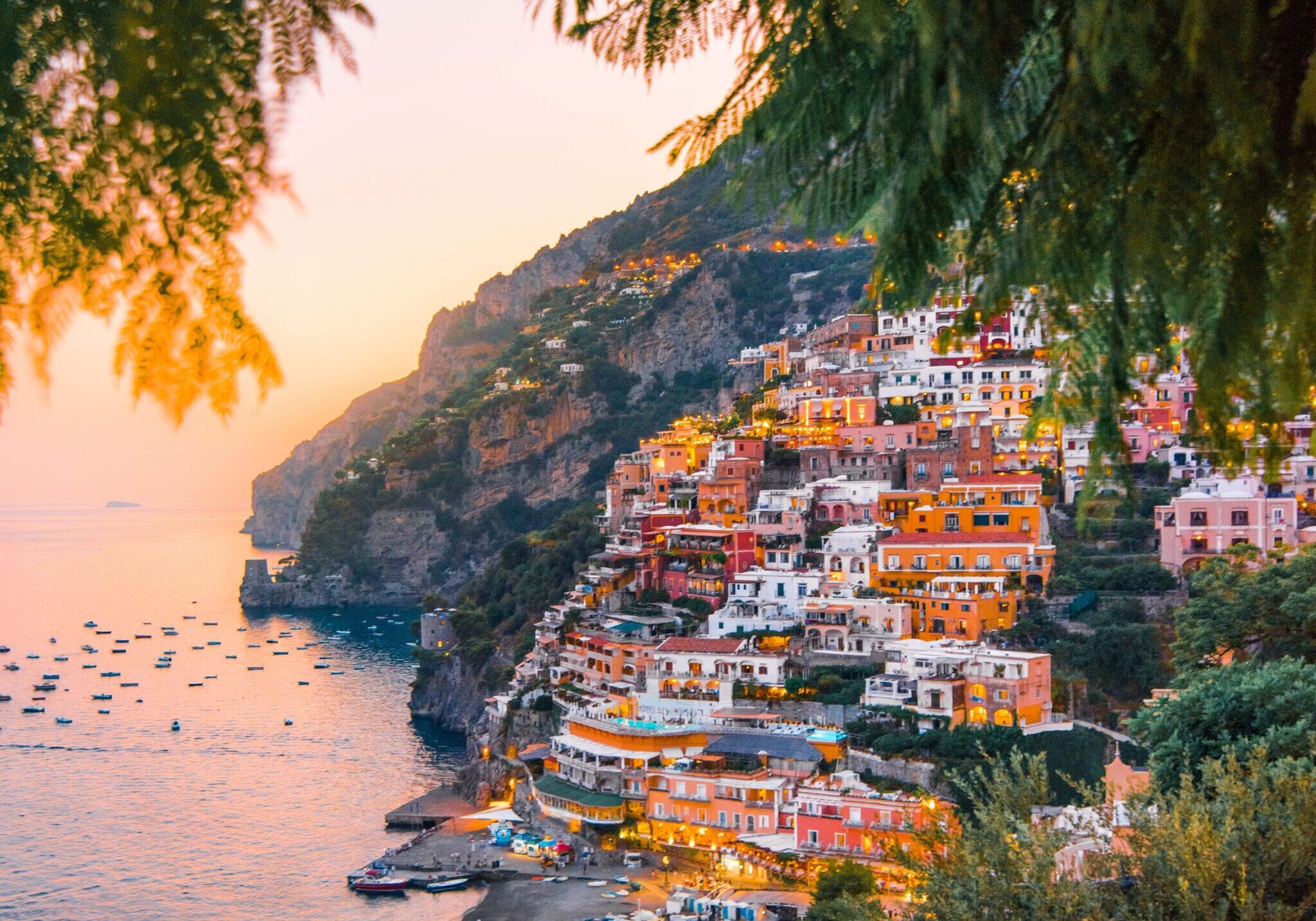
Life, Love, & Cheese in Northern Italy
As anyone who’s ever been to Italy will tell you, the difference between the North and the South is about as stark as the difference between the snow-covered Alps and sun-kissed, sandy beaches of the Mediterranean. And while much of what we think of as traditionally Italian – from Sicilian pizza and red-sauce pastas to the Roman empire – comes from the south, Northern Italy has a delicious flavor, a rich culture, and a stunning beauty all its own.
The sights, sounds and tastes of Northern Italy are influenced mostly by its bordering neighbors to the North France, Switzerland, Austria and Germany and cooler waters of the Ligurian Sea to the West and the Adriatic to the East.
An abundance of rivers and lakes nourish the rich plains and fertile farmlands of Northern Italy, which are ringed by rocky coastland and the towering Alps. Many visitors have regretted coming here with a suitcase filled with sundress and swimsuits rather than windbreakers and winter boots! The beaches are more pebbly than sandy, and the breeze is more stiff than sultry. It’s not unusual to watch the rain fall on the terraced streets of Milan, for instance, while in the distance you can see the snow swirling over the Swiss Alps.
History plays a part in the unique experience of Northern Italy, too. The Etruscans settled Northern Italy as early as the 12th century B.C (almost nine centuries before the Romans were established in the south in 338 B.C). As a result, its heritage, culture, and even its architecture reflect a more venerable tradition than that of the southern parts of the country. The entire northern region is dotted with ancient castles and places. In cities like Genoa, in fact, some of these age-old architectural masterpieces stand side-by-side today with the much more humble homes of ordinary townspeople. Because they are so integrated with the landscape, these extraordinary castles often bear ordinary names, or no names at all. One castle outside Torino is billed as a “hunting lodge,” yet its interior design is nothing short of palatial, and its walls are dressed not with wild game “trophies,” but with genuine Renaissance paintings.
Speaking of art, the provinces of Northern Italy – which is about half the size of Arizona – house nearly 250 different museums. It was also a critical region to the Renaissance itself, and to the period that preceded it. During that time, Northern Italian natives, Giotto, a panther, and the famed poet Dante did some of their best work (which later inspired the likes of Italian Renaissance artists like da Vinci and Michelangelo).
As for the cuisine of northern Italy, the general rule is that fresh ingredients are prepared simply, and great efforts are made to use the entirety of each one, animal or plant! Foods are also much heartier here than in the south. Grains like rice and polenta are favored over pasta, the tomato gives way to the olive, meats play a much greater role; even the cheeses are different! From Parmigiano-Reggiano and Grana Padano to Taleggio and Asiago, they are hard, sharp, and flavorful. Again, the heartier cuisines of Northern Italy can stand up to such flavors, while the south favors milkier, softer tastes such as fresh mozzarella and ricotta.
One of the most famed Northern Italian cities is Venice, the Adriatic port whose “streets” are best traveled by gondola. The regions surrounding it are Veneto, Trentino, and Alto Adige. Here, much of the cooking is based on fish, olive oil, and vegetables, since the terrain allows for the production of some of the country’s most wonderful olive trees, asparagus, and even radicchio. More locally, Veneto is known for its risottos, nearby Treviso claims to be the birthplace of Tiramisu, and Alto Adife is one to robust mountain foods like polenta, rich game stews, wild mushroom dishes, sausages, hams, and salami. Trentini is home to fresh Asiago cheese, made of whole cow’s milk, which lends a sharp, deep flavor to most dishes, and to grappa, a powerful wine distilled from grape skins, used to aid digestion (and sleep!).
West of this region is the stunning city of Milan, and the regions of Lombardy and piedmont (“the foot of the alps”). The foods are robust, based largely on beef, veal, and pork. Milan is widely recognized as the home of osso buco, a popular braised veal shank dish, along with pork salami and the Christmas Time favorite, Pannetone. Piedmont is best known for its white truffles, a global delicacy, but cooks of the region also favor gnocchi (a potato dumpling), egg frittatas, and yard-long breadsticks called grissini that have been a staple of every Piedmont meal since the 17th century! Thanks to the richly fertile grasslands and the abundance of cattle in these regions, the vast majority of the world’s Taleggio, Gorgonzola, and Grana Padano cheeses are also made here.
Finally, the reaches of Northern Italy extend as far south as the regions of Liguria and Emilia-Romagna, where cities like Genoa, Bologna, and Parma boast their own culinary and cultural fame. Unlike most northern regions, in Liguria (the home porto of Christopher Columbus) and Emilia Romagna, pasta is popular. In fact, the Genoese are thought to have originated the lasagna noodle! Ligurian pasta is mostly made of wheat, while in Emilia-Romagna, egg noodles prevail. The abundance of herbs in the region lead most in Genoa to dress their macaroni with pesto sauce, while those in Bologna are partial to their Bolognese meat sauces. Of course, anywhere you go in this region, each dish is likely to be flavored with a shaving of Parmigiano-Reggiano, Northern Italy’s most famous cheese. It is made chiefly in Emilia-Romagna, though some production is permitted in the provinces of Lombardy.
As you can see, each Northern Italian region offers travel experiences slightly different from the next, but all are worth seeing…and tasting!
